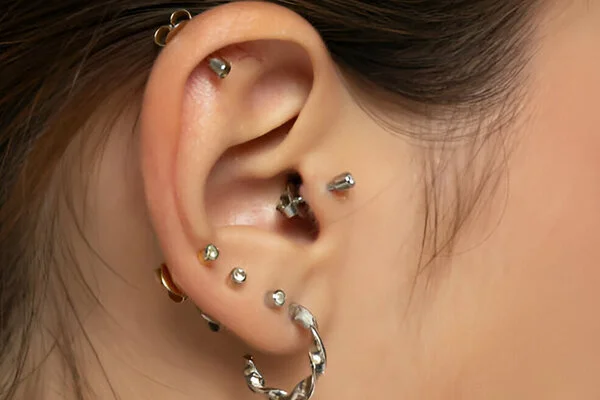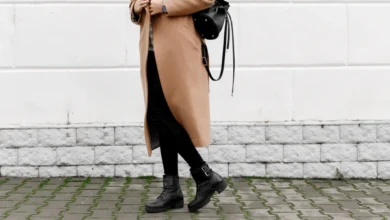How to Avoid Piercing Rejection and Migration

Everything was going great until you finally got that dream hole. Then it starts moving. It might be moving a little, or even worse, your body is slowly pushing it out like an unpleasant guest. Welcome to the world of piercing refusal and migration, where your body tries to get rid of your jewelry because it’s had enough.
Don’t worry though just yet. You can save your piercing (and your feelings) by learning why this happens and how to stop it.
Why Do Piercings Move?
Your body keeps itself safe pretty well, and your piercing is sometimes seen as an invader by it. That makes your immune system work extra hard, which slowly moves the metal to the surface. This is called being turned down.
Migration, on the other hand, is when your piercing moves around but doesn’t always move out all the way. This can happen because the metal isn’t put on right or isn’t good quality, or it could be because of how your body heals itself.
The usual culprits?
- Not going deep enough: A piercing is more likely to move if it’s not set deep enough.
- Wrong type or size of jewelry: a bar that is too short or made of a material your body doesn’t like can make someone reject you.
- Too much movement or pressure: If you sleep on your piercing, snag it, or play with it, it could move.
- Your body’s natural response: Some people are just more likely to be turned down, especially for tattoos on the skin.
How to Prevent Rejection and Migration
How do you make sure your piercing doesn’t get lost? To keep it in place and happy, do these things.
1. Choose the Right Jewelry
Things that matter. Titanium made for implants, surgical steel, or real gold are all good metals to stick with. Cheap jewelry with nickel or other unknown metals can hurt your skin, which makes it more likely that someone will reject you.
The shape of the jewelry is also important. For surface piercings, curved barbells work better than fixed bead rings or circular barbells, which could make the body move. Listen to what your piercer says about what will look best on you.
2. Go to a Professional Piercer
A skilled piercer knows where and how to place jewelry for the best long-term results. At Happy Pierced, experienced piercers ensure proper placement, reducing migration risk. Rejection is more likely if a piercing is too shallow or in an area with a lot of movement.
3. Keep Up with Aftercare
Cleaning your piercing not only keeps it from getting infected, but it also helps it heal properly. Two times a day, clean your jewelry with a sterile saline solution. Stay away from cleaners that contain alcohol, and fight the urge to touch or twist your jewelry.
4. Avoid Pressure and Trauma
Migration can happen if you sleep on your piercing, snag it on clothes all the time, or play with it too much. If you just got your ear pierced, use a travel pillow at night to keep the area from getting too sore.
5. Pay Attention to Early Warning Signs
If your piercing moves, the skin around the metal thins, or you have irritation that won’t go away, you may need to see your piercer again. If you catch migration early, you might be able to avoid full rejection.
What to Do If Your Piercing Starts to Reject
If you really want your body to reject your piercing, you should take it out before it goes all the way through. Letting it reject totally can make the scars and irritation worse. You can always get it done again in a slightly different place after it’s fixed.
Conclusion
Not all piercings will last forever, but if you take good care of it, it will have the best chance. Watch out for the type of metal you use, where you put it, and how you take care of it afterward, and your piercing will last much longer. To be sure that your body jewelry stays where it should, a professional piercer can help you if you ever have any questions.
More Readable content: Lisa Boothe Husband bio 2025




